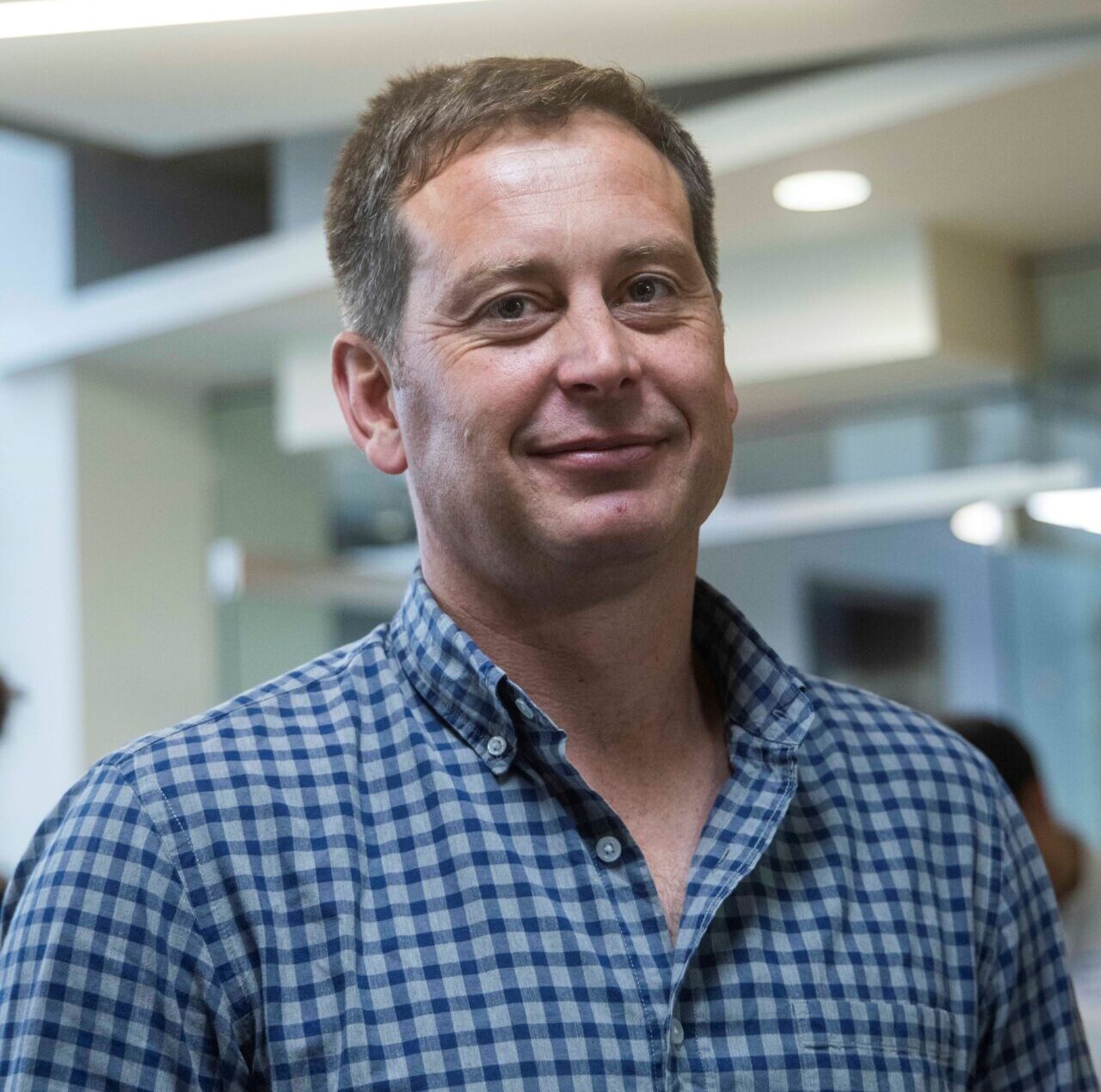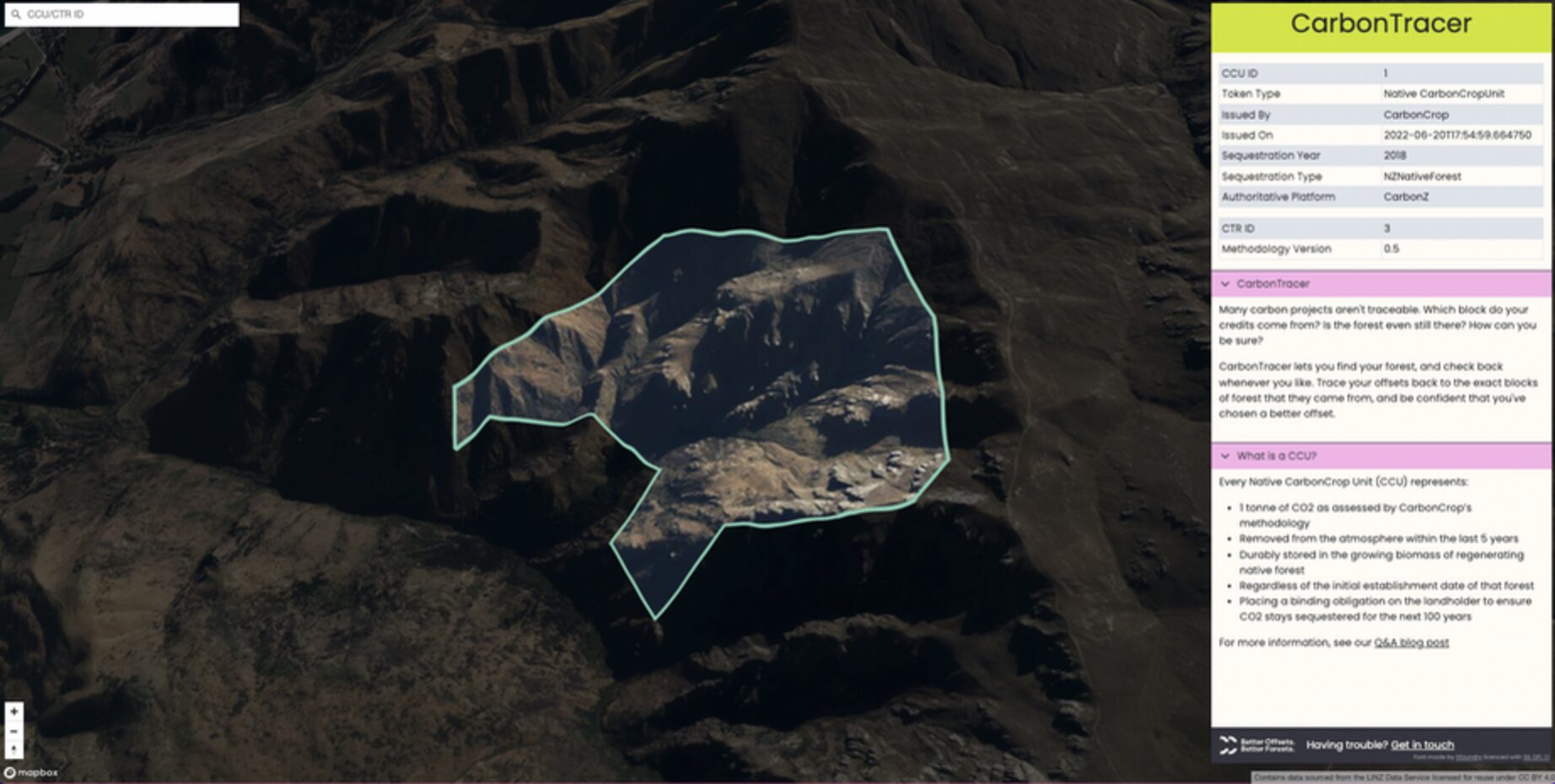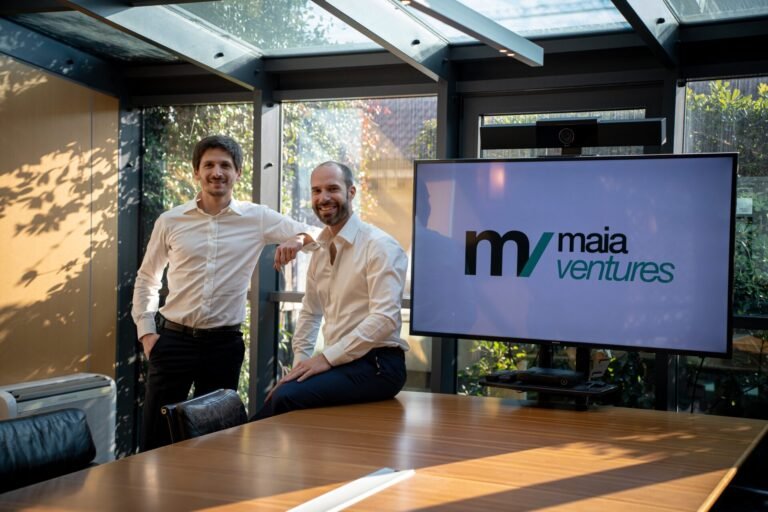If you mention the terms “regenerative” and “holistic” as a starting point, quite often farmers picture hippies trying to tell them how to do their job, says Pat Maher, CEO of New Zealand-based Atkins Ranch.
“That doesn’t generally go down too well.”
A more effective tactic, he says, is to teach them that better soil leads to healthier plants and animals and therefore healthier people. This is the tactic Atkins Ranch takes when working with farmers to raise lambs using regenerative practices.
As Maher tells it, Atkins Ranch began when New Zealand lamb farmers John Atkins and Philip Guscot became heavily disillusioned by the meat industry back in the 1980s. They also wanted to boost returns for farmers by selling their products directly to US markets.
Thirty-five years later, Atkins Ranch is a network of more than 100 family farms raising lambs exclusively on pasture using regenerative practices. The company’s retail partnerships may all be in the US (it’s been a main lamb supplier to Whole Foods since the 1990s), but the animal-raising part of the business remains firmly in New Zealand, which Maher says provides the ideal climate for lamb farming.
Atkins also says it’s the world’s first lamb producer to achieve non-GMO Project verification and Global Animal Partnership Step 4 accreditation, as well as a founding member of the Savory Institute Land to Market Regenerative Leadership Council.
“There’s always been a focus on doing things differently from the commodity part of the industry,” Maher told AgFunderNews during a recent conversation.
He spoke at length about Atkins Ranch’s farmers, how the company uses tech to improve its regen practices, and what’s next.

AgFunderNews (AFN): What does “regenerative” mean for Atkins Ranch?
Pat Maher (PM): It can mean many things to many people. We try to simplify it, because there’s a lot of complexity around the term “regenerative.”
The simple way to think about it for us is better soil equals better plants, equals healthier animals, equals better products for the consumer and hopefully a better planet at the same time.
When we simplify the term, we find that farmers or ranchers tend to warm to the idea. Farmers are in a bit of a unique position: they farm for profit and money, but they also farm for lifestyle, and we’ve got a whole lot of multi-generational farms across New Zealand.
So one of the KPIs, if you want to call it, is leaving their farm in a better state for future generations. That’s always been a massive focus for our farmers, and we figure a regenerative accreditation is a way to prove that concept, because there’s measurements that show that they’re making improvements over time.
AFN: How do you communicate that regenerative transition to farmers?
PM: Farmers are always skeptical of being told what to do, so it’s about leading them on a journey and saying, “We just need you to understand your farm-specific ecosystem and tweak it to improve it.”
When you get that message across, it seems to work. If you mention the term “regenerative” as a starting point, or the term “holistic,” quite often they picture people in hemp suits, socks and sandals, hippies trying to tell them how to farm, and that doesn’t generally go down too well.
You have to take them on a journey and realize that no one knows their ecosystem better than they do, and there can be ways to tweak it, to improve their soil health.
And it’s a lifelong journey. I don’t think you ever get 100% right, but the notion is around continuous improvement. There will be ups and downs. Each season is different, each year is different, but they seem to be along for the ride, for the journey, for the right reasons.
AFN: Is “regenerative ag” becoming an unhelpful term?
PM: I have found it has become an unhelpful term, yeah, in many cases, yeah. So it’s flipping that narrative to turn it into a positive hopefully: Again, better soil equals better plants and healthier animals, a better product for the consumer and hopefully a healthier planet.
AFN: What do you want consumers to take away from your product?
PM: We’re very cognizant that when we have a lamb, we take its life. So we want to be sure that when we do that, we celebrate the lamb and use every single part available, so it’s not losing its life unnecessarily.
There’s a myriad of different products we can generate from a lamb—not just the meat, but there’s pet food, pharmaceuticals, skins for sausages, wool.
Beyond that, it’s about knowing, from a consumers point of view, that the lamb has been treated with the utmost respect for its whole life, and that the environment that it’s been raised in has also been treated with the utmost respect, so that we’re maximizing the potential from a nutrient point of view, but also contributing to ensuring that our planet lasts for many, many years and in many cases, improves over its life cycle.

AFN: How has Atkins Ranch integrated technology into its operation?
PM: We’ve had to design a system ourselves, but from a farm point of view, AI has been really, really helpful to quantify some of the biodiversity and the carbon that’s been generated behind the farm gate.
We’ve been using a company called Carbon Crop, which uses satellite imagery to work out carbon sequestration for all trees on a farm. They can show they can show satellite imagery as far back as 20 years, so we can actually tell the story to consumers about how our farmers are developing their land and creating biodiversity within their ecosystems.
AFN: How has Atkins been impacted by US tariffs?
PM: Some products could certainly become cost-prohibitive and reduce demand and supply.
We’ve been in the States for well over 30 years, we’re committed to the region. We’ve just got to find a way to make it work in conjunction with our retailers so as not to impact the consumers as much as possible.
AFN: What’s next for Atkins Ranch?
PM: We’re moving towards eliminating some of the single use plastics, using recycled plastics where possible and even looking at some sort of biodegradable plastics or plastic composites. We’ve got this beautiful meat product, it seems like it’s a real shame that we cover it in all this yuck plastic all the time.
Our focus is always different from, say, a traditional meat company. My KPIs, from my directors and shareholders, is always to get as much money back into the farmers pockets as possible, which is a pretty cool job. So the business is not about making massive profits for shareholders. It’s really aimed at what the two farmers, Phil and John, set out to do and get more money back to the farmers to celebrate their efforts.
Storytelling really is a vehicle to try and get awareness of what we’re doing, earn further premiums. That’s really, really hard at the moment, given the state of food inflation in the States.
I hate to say it, but your beef is probably going to get even more expensive over the next couple of years. We’ll do our bit to try and hold the price and get more people eating lamb.
But at the end of the day it’s about growth and awareness and really focusing on retailers and customers that are interested in regenerative and willing to pay a premium for it and contribute to sort of a healthier ecosystem throughout the world. That’s our mission over the next sort of 12 to 24 months.
The post At Atkins Ranch, raising lambs with regenerative tactics puts more cash back into farmers’ pockets appeared first on AgFunderNews.




